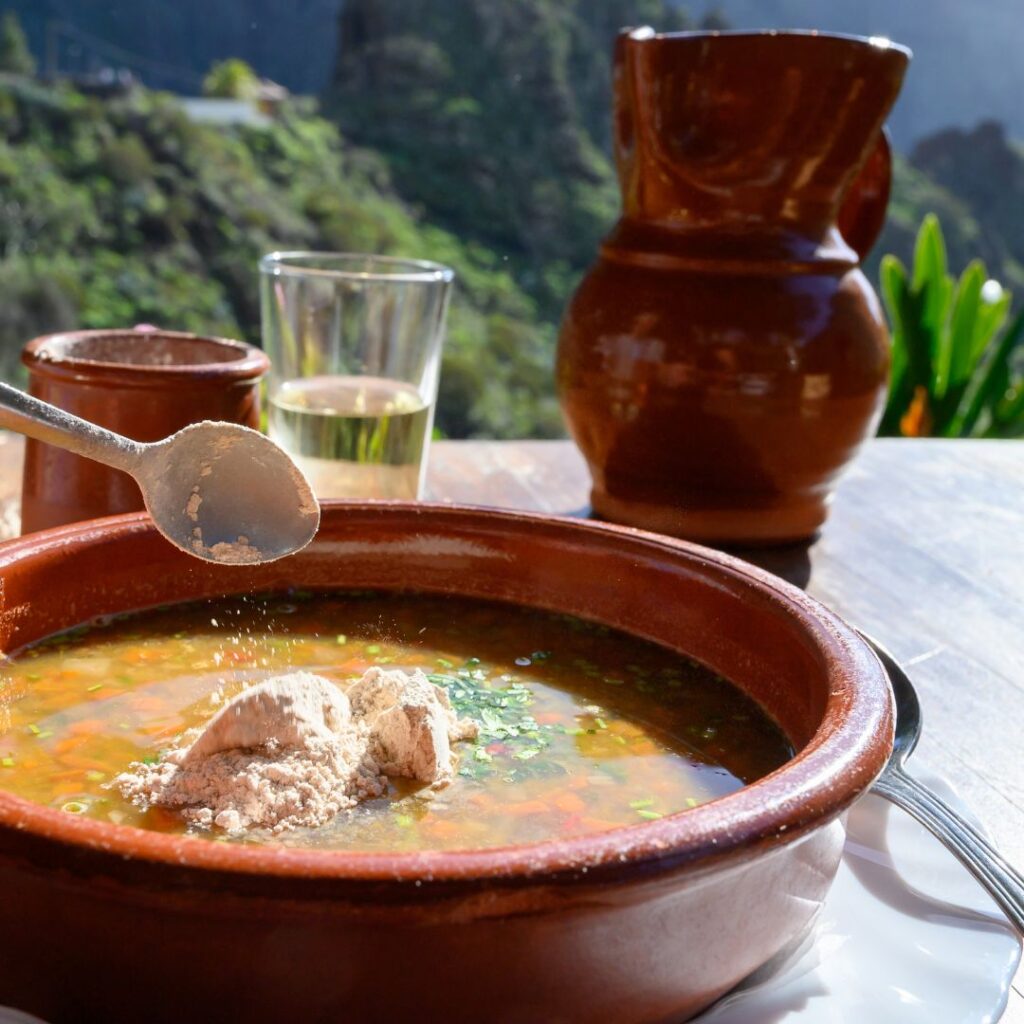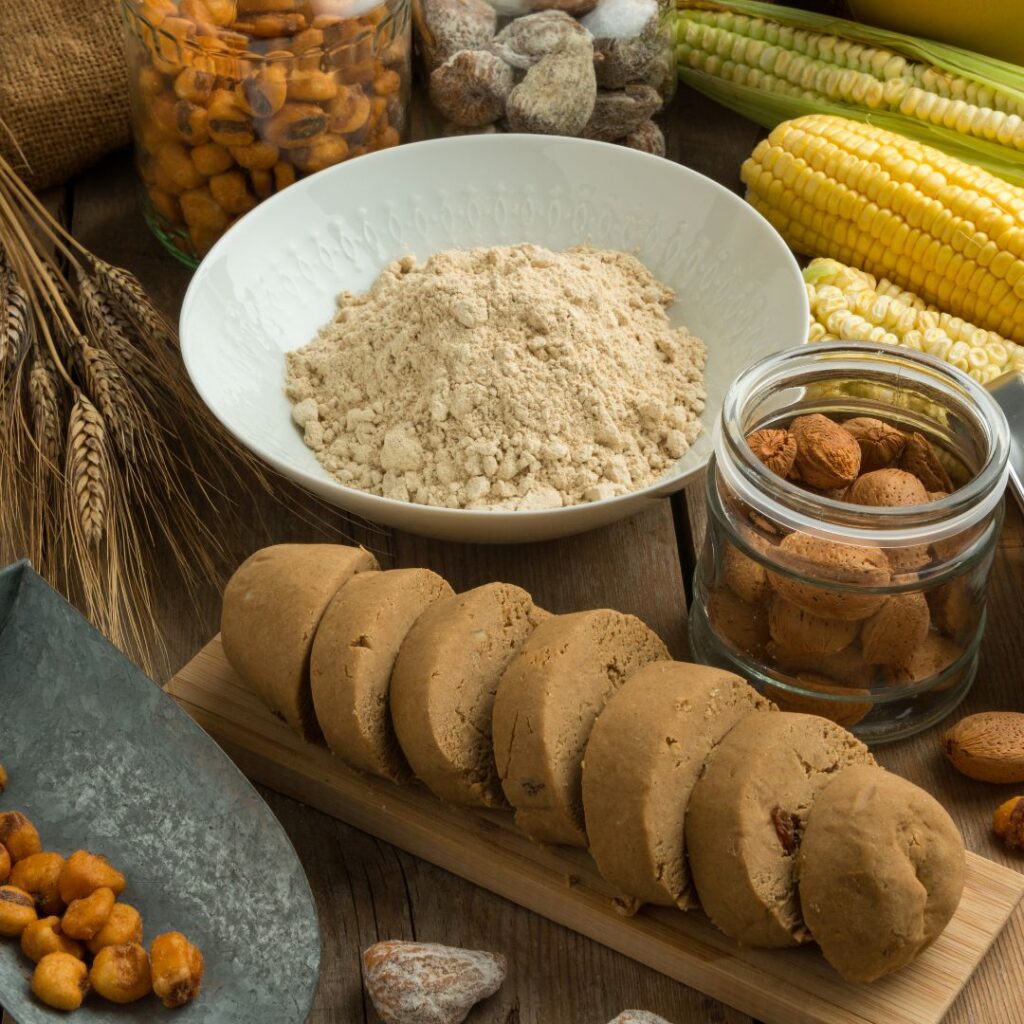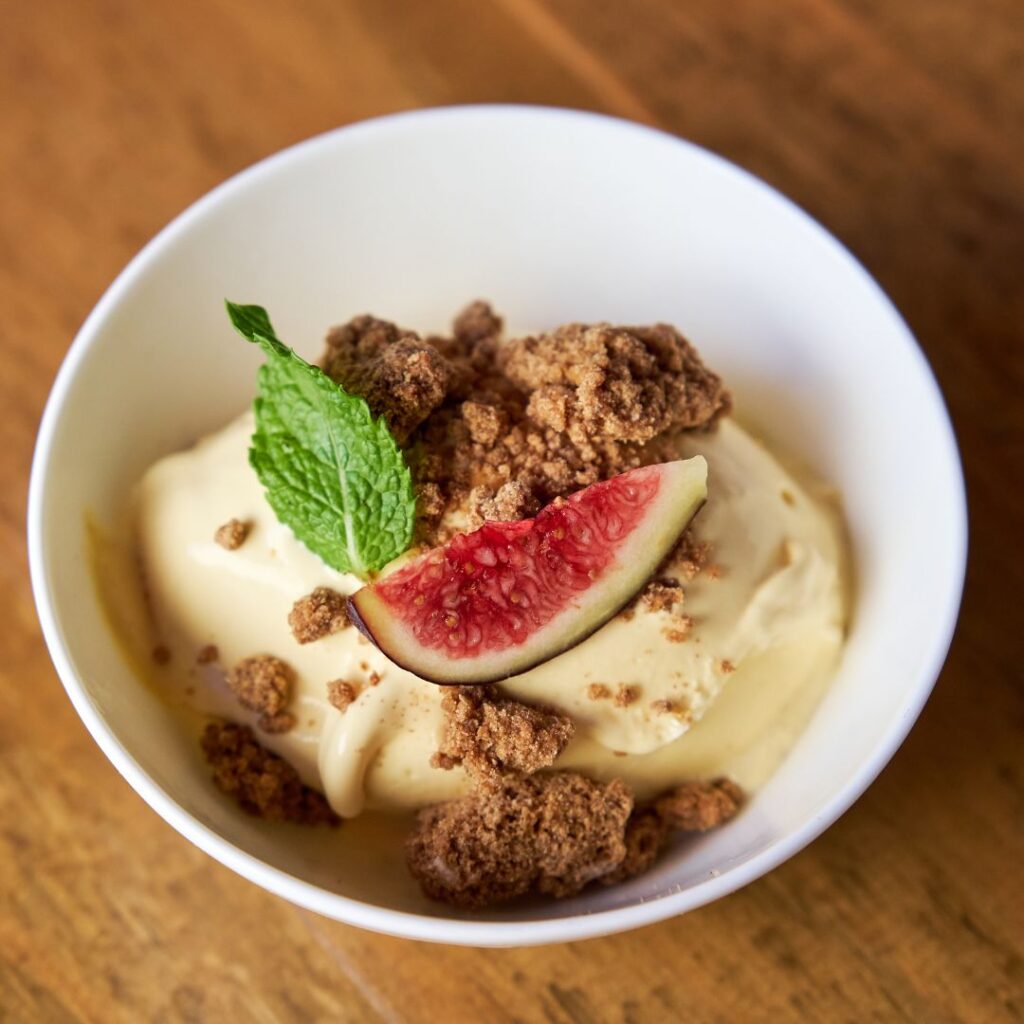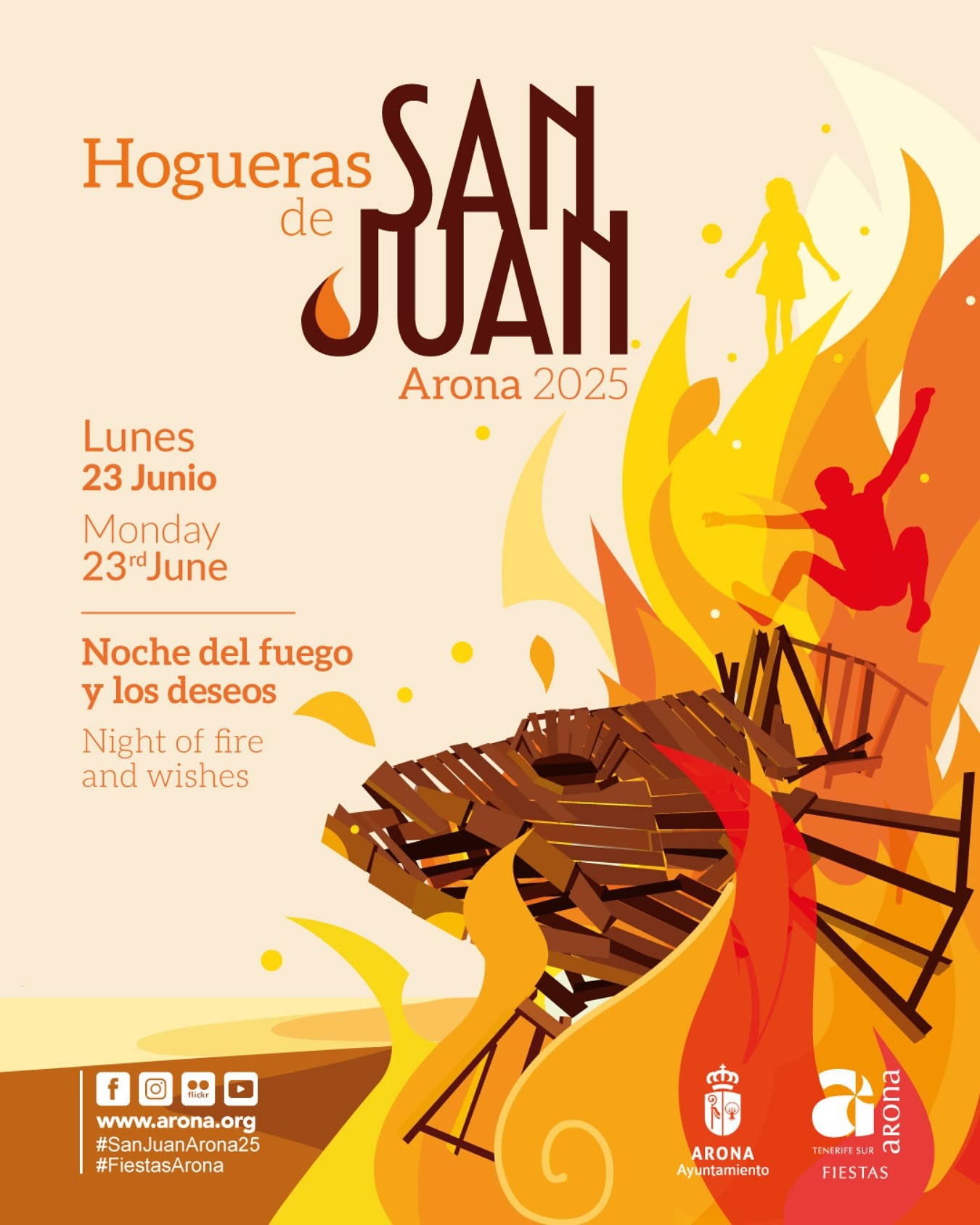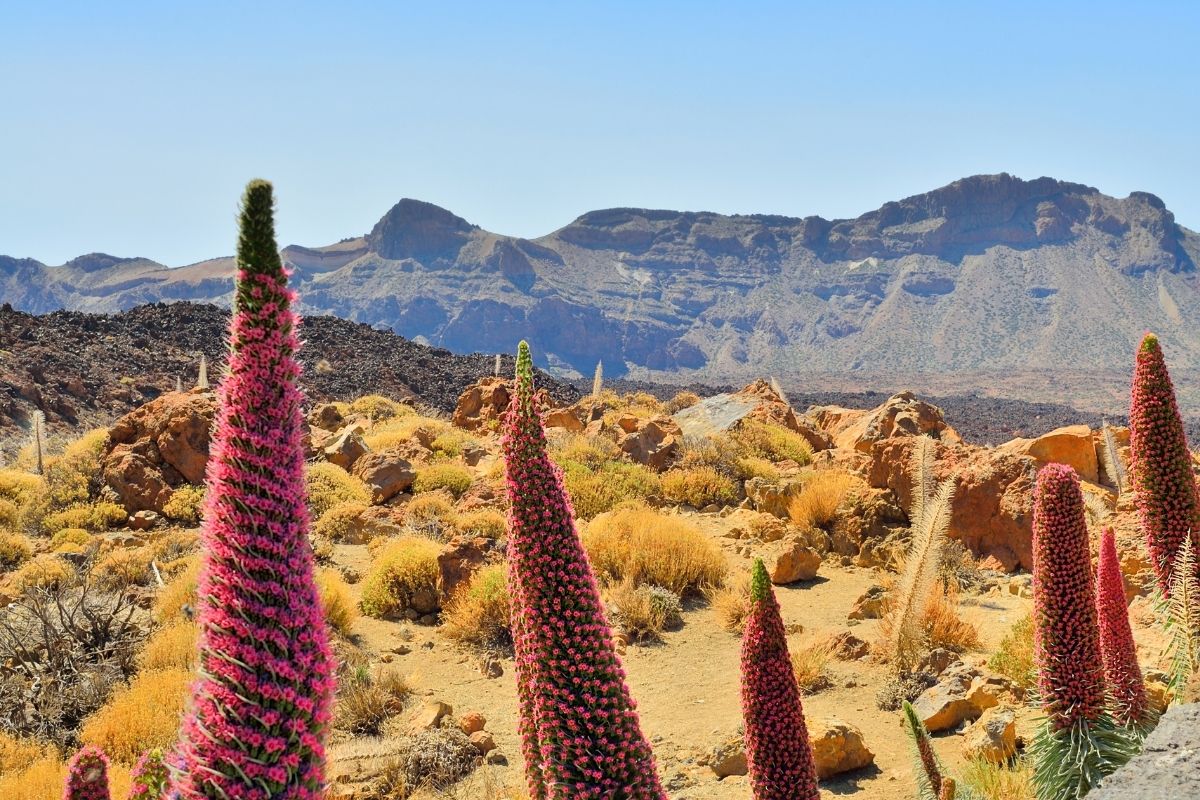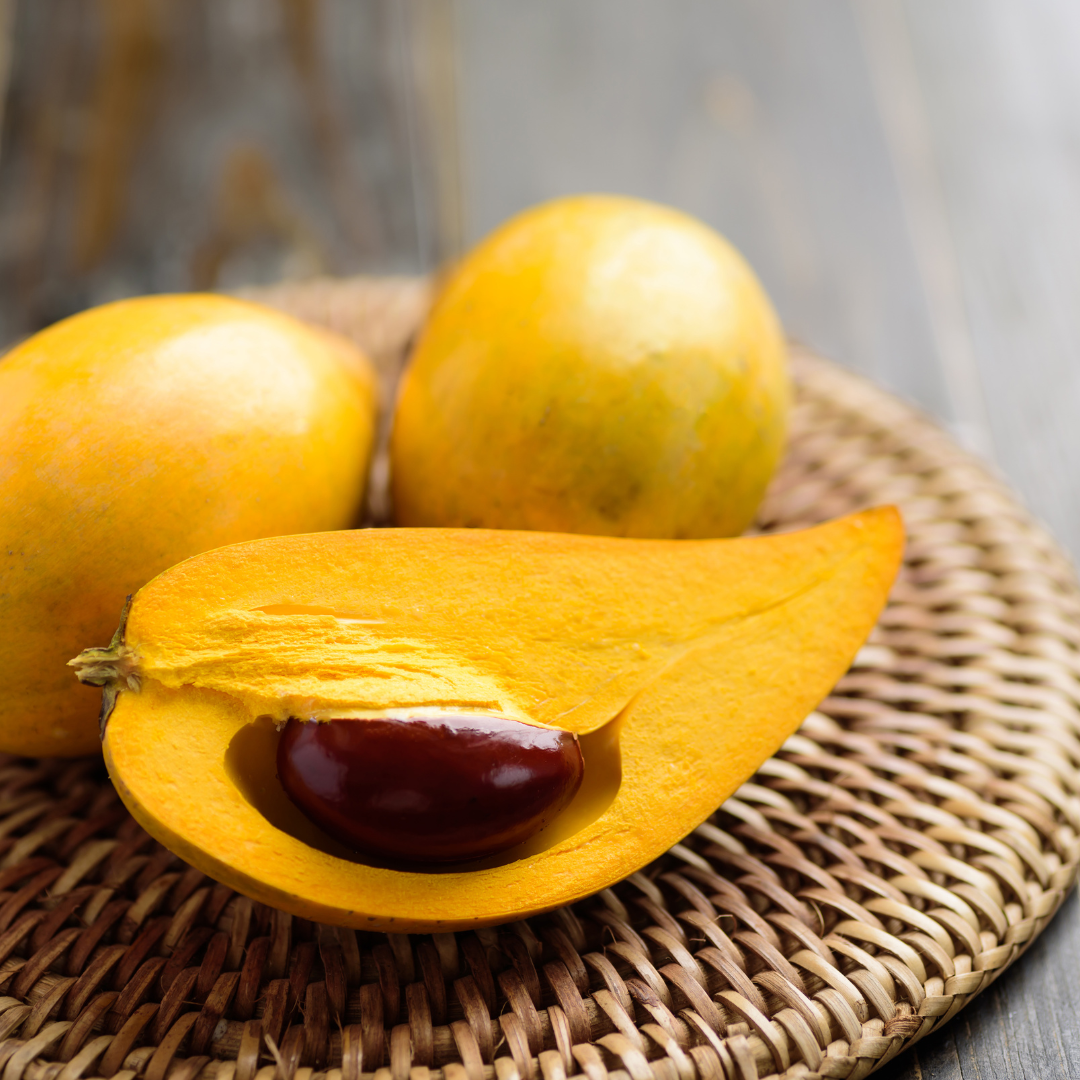Gofio – the flavours of Tenerife in one bite!
The Canary Islands, sometimes called the “Happy Islands”, delight not only with landscapes full of volcanic cliffs and golden beaches, but also with a rich culinary tradition. One of the most fascinating examples of this cuisine is gofio – a product that combines a thousand-year history, exceptional taste and numerous nutritional values.
What is gofio?
Gofio is a flour obtained from roasted and ground grains (usually wheat, corn or barley), with an intense, nutty flavour and aroma. Thanks to the roasting process, the grains gain a unique character – a smoky, deep smell, as well as a longer shelf life. This feature was crucial in the past, when the Canarian ancestors – the Guanches – kept gofio as the main ingredient of the daily menu in more difficult, famine times.
From the Guanches to modern tables
The history of gofio dates back to pre-Hispanic times, when the Guanches (the indigenous inhabitants of Tenerife and other islands in the archipelago) ground roasted grains in primitive millstones. They used them to bake simple cakes or thicken dishes. After the conquest and the incorporation of the Canary Islands into Spain, this recipe survived for centuries, becoming a symbol of the local culinary heritage
Why is it worth trying?
High nutritional value
Thanks to the roasting process, the grains used in gofio retain a large part of their minerals and vitamins. Gofio is also rich in fiber, which supports the work of the digestive system.
Universal use
You can use it in soups, sauces, desserts, or even to prepare exceptional breakfasts. Its distinctive taste and texture make it an ingredient with a wide range of applications in Canarian cuisine
Many varieties
Gofio is made from different types of cereals: wheat (gofio de trigo), corn (gofio de millo), barley, and sometimes even with the addition of chickpeas or other legumes. Each variety has a slightly different flavor profile, and in the regions of the individual islands you can find local variants.
Part of the Canarian identity
Trying gofio is not only about enjoying an exotic product. It is also about “tasting” a centuries-old tradition that connects the past and present of the Canary Islands.
How to eat gofio?
Soups and sauces: Gofio is added to broths or sauces to thicken and enhance the flavor of dishes. Just add a small amount of flour during cooking, stirring constantly to avoid lumps.
Gofio amasado: The traditional method of preparation involves mixing gofio with water, salt, sometimes olive oil or honey, until a compact mass is obtained, which is formed into balls or small loaves. This paste is often served as an appetizer on Canarian tables.
Accompaniment to breakfast: Combined with milk, yogurt or even fruit juice, gofio is a great, energetic start to the day. Canarians often eat it in this form to ensure a filling meal for work or school.
Desserts: Canarian ice cream parlors and pastry shops offer ice cream, mousses or cakes with the addition of gofio. It is worth trying at least one dessert to see how the intense, nutty flavor combines with the sweetness.
Where to find gofio in Tenerife?
Grocery stores and markets: In supermarkets and small shops on the island you will find various types of gofio, packed in paper or plastic bags. In local markets (mercadillos) you can find more artisanal varieties, ground using traditional methods.
Restaurants and bars: In many local bars (called guachinches) or traditional restaurants, it is worth asking for gofio on the menu. It is often found in daily specials, soups or as an accompaniment to meats.
Souvenir shops: Sometimes smaller packages of gofio are sold in tourist areas as a unique souvenir from the Canary Islands.
Interesting facts
Gara and Chico: According to one legend, the name “gofio” may have come from old Guanche words meaning grain and grinding, although the exact origin of the term is not entirely clear.
Mixture of cultures: After the Spanish arrived in the Canary Islands, corn brought from America was introduced to the production of gofio. This “transatlantic” mix contributed to the enrichment of the flavors and popularity of the product.
Healthy alternative: In modern Canarian cuisine, gofio is sometimes used as a healthier substitute for classic wheat flour in baking. Due to its high fiber content and original taste, it is also appreciated by plant-based diet enthusiasts and athletes.
Summary
Gofio is much more than just roasted flour. It is a living legacy of the Guanches, which has survived for hundreds of years and remains an inseparable element of the Canary table to this day. If you are planning a visit to Tenerife (or another island in the archipelago), be sure to try this unique historical “souvenir”. Its distinctive taste and versatility will make gofio quickly find its place in your heart – and in your kitchen, if you decide to take a package home!
